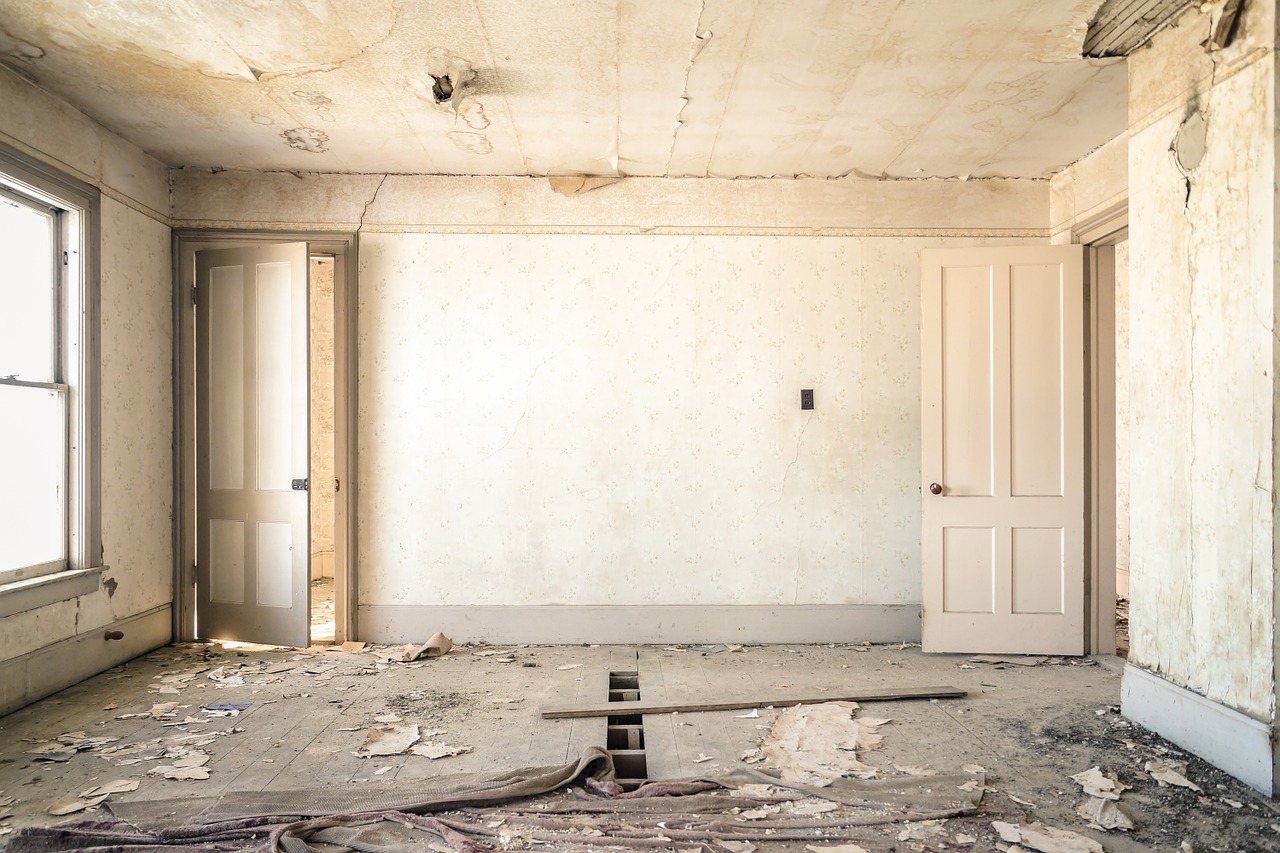
Asbestos is a naturally occurring mineral that was once widely used in construction materials due to its heat resistance, tensile strength, and insulating properties. However, it has since been linked to serious health issues, including lung cancer, mesothelioma, and asbestosis. Central Alberta, like many other regions, has numerous homes built during the mid-20th century when asbestos use was prevalent. Understanding when to consider asbestos testing in your home can help protect your health and ensure your living environment is safe. In this article, we will explore the top signs that your home may contain asbestos and when you should consider professional testing.
When Was Asbestos Used in Homes by Age of the Property
One of the most significant indicators of potential asbestos presence is the age of your home. If your house was constructed or renovated between the 1940s and 1990s, it is likely that asbestos-containing materials were used. This timeframe coincides with the peak use of asbestos in building materials before its risks became widely recognized and regulations were implemented to restrict its use. Homes built during this era in Central Alberta may have incorporated asbestos into a variety of materials, including insulation, roofing, flooring, and even textured paint.
Another telltale sign of asbestos is the type of material used in your home’s construction. Asbestos was commonly mixed into cement to produce durable siding and roofing shingles. If you notice old, crumbling shingles or siding, particularly in homes from the aforementioned era, it may be worth inspecting for asbestos. Similarly, vermiculite insulation is another common asbestos-containing material found in attics or walls. If you suspect that your insulation contains vermiculite, especially if it was installed prior to 1990, consider having it tested for asbestos.
Flooring and Ceilings From the Time When Asbestos Was Used in Homes
The presence of vinyl flooring and ceiling tiles can also suggest the likelihood of asbestos. Vinyl flooring manufactured before the 1980s often contained asbestos to increase its durability and fire resistance. Discolored, peeling, or cracked tiles in older homes should be assessed by a professional. Similarly, ceiling tiles or panels made before the late 20th century may contain asbestos fibers, particularly if they are damaged or deteriorating. Pay attention to any signs of wear and tear, as damaged materials are more likely to release asbestos fibers into the air.
Another common place where asbestos might be lurking is in the ductwork or HVAC system of older homes. Asbestos-containing duct tape or insulation was frequently used to cover or seal heating and cooling systems in homes built mid-century. If you notice worn or damaged insulation around your ductwork, it could potentially contain asbestos and ought to be checked.
Popcorn Ceilings and Paint From When Asbestos Was Used in Homes
Finally, textured paints and coatings, such as popcorn ceilings, might also harbor asbestos fibers. Popcorn ceilings were a popular design choice in homes built or remodelled in the past, due to their acoustic dampening properties. However, these textured coatings may contain asbestos, particularly if installed before the 1980s. If your home includes these features, it is essential to avoid disturbing them without professional advice, as doing so can release harmful fibers into the air.
If you have recently undertaken renovation work in an old home, this could pose another risk. Renovations often disturb potentially asbestos-laden materials, increasing the risk of aerosolizing asbestos fibers. If you have not conducted asbestos testing before beginning renovations on a property dating back to the mid-20th century, it is prudent to consider testing these materials prior to further work.
One factor specific to Central Alberta is the region’s growing industrial history, which also influenced residential developments. Homes built in close proximity to industrial areas or those designed to house workers from asbestos-related industries may exhibit higher levels of the mineral in construction materials. Therefore, it’s crucial for homeowners in such areas to be especially vigilant about testing for asbestos.
Homeowners need to be aware that identifying asbestos is not something that can be reliably done through visual inspection alone. Professional testing by certified experts is essential to accurately confirm its presence. If you suspect that your home might contain asbestos, avoid handling any materials yourself, as improper handling can increase the risk of exposure.
Staying Safe by Understanding When Asbestos Was Used in Homes
Being aware of these signs and conditions can help Central Alberta homeowners identify the potential need for asbestos testing. By understanding the age of your home, the materials used, and the specific design features present, you can determine whether your home is at risk. Should any of these signs indicate the possible presence of asbestos, consider hiring a qualified professional to conduct a thorough inspection and, if necessary, safely remove it. By prioritizing this aspect of home safety, you protect not only your health but also the well-being of your family and future occupants. Contact us now!
